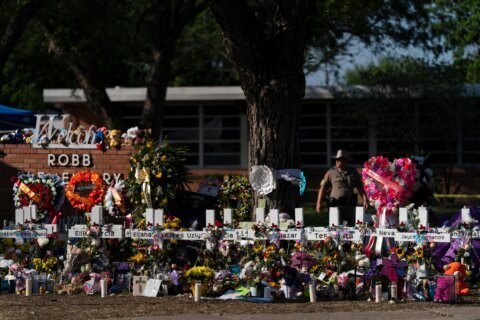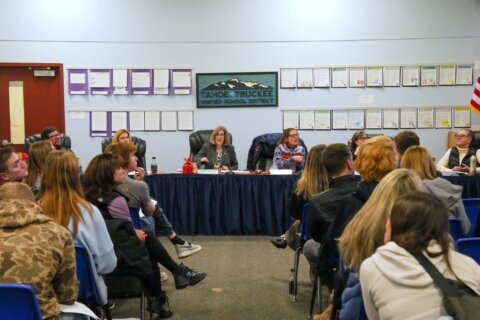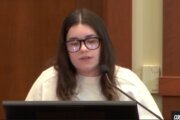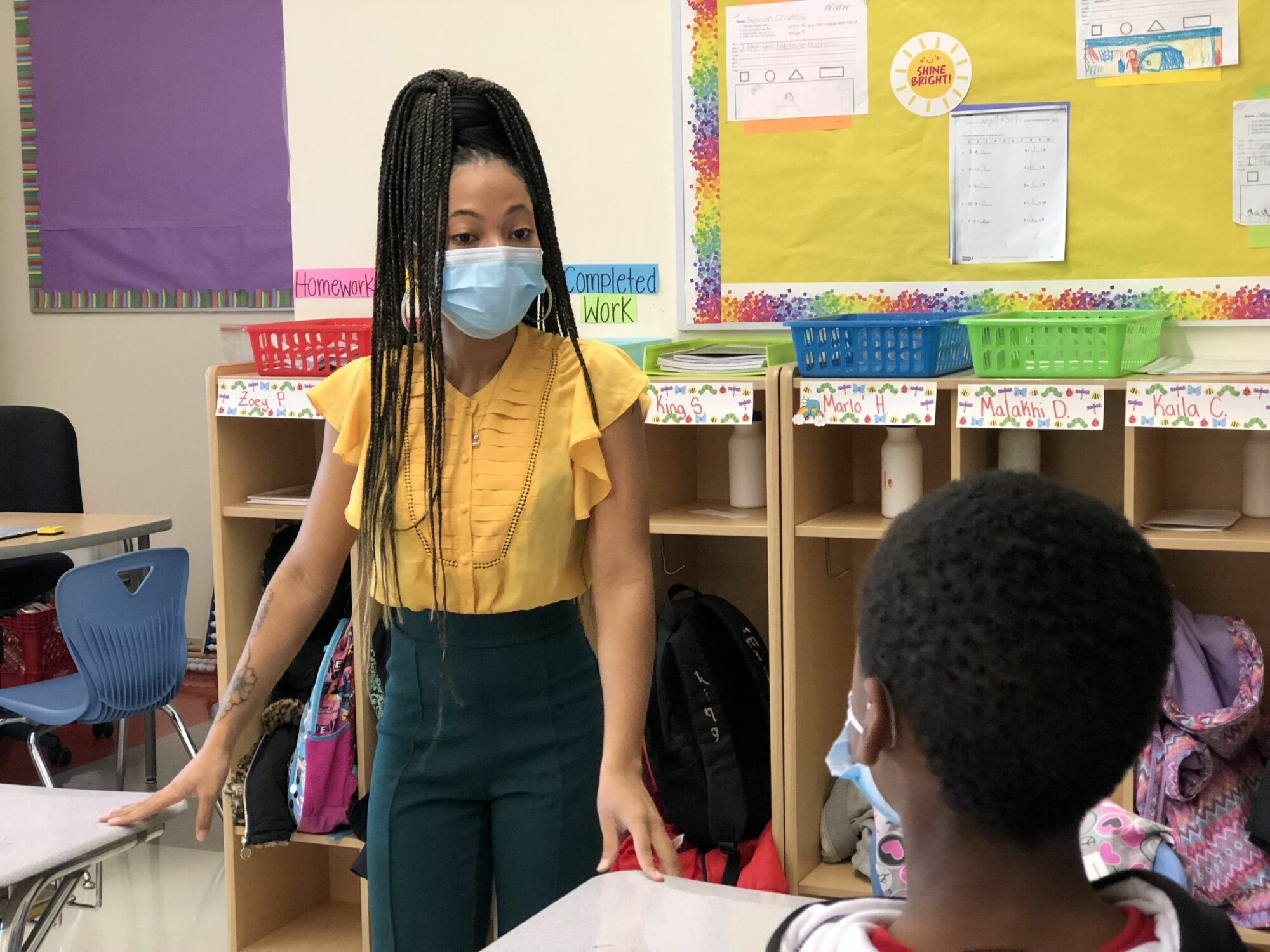
Jewel Cauley, a first-year teacher at Stanton Elementary School in D.C., has been working to make sure that the parents of her first-grade students have a clear idea of where the kids stand.
“I always keep them updated. I give them weekly progress reports, so the parents can see how their students are doing in the classroom,” Cauley said. “Slowly but surely, I see them progressing so I feel like, what we’re doing in this classroom, what we’re doing in this school, is working,” Cauley said.
The start of any school year includes testing and assignments that are carefully designed to see exactly where students are in terms of learning. This year, as school systems across the region returned to in-person learning, there’s been a lot of focus on what’s been termed “learning loss.”
Principal Dr. Harold McCray said learning loss is not a term he uses, but he’s frank about the impact that the coronavirus pandemic has had on academic progress.
“There are some gaps; we can’t ignore that there are gaps,” he said.
McCray did not share specific metrics, but he said indications are that students are “not too far off” where they were when they had in-person learning.
There are a number of strategies to help kids overcome those gaps McCray mentioned.
“When we came back at the beginning of the year, we adopted the theme ‘growth over gaps,’ which simply means that we’re going to meet the kids where they are, and we’re going to grow them from there,” McCray said.
That includes intensive tutoring three to four times a week for 45 minutes at a time for students who need it. And the school is open for Saturday learning sessions.
Another thing McCray encourages is constant communication to parents, including phone calls and texts to parents
Even in her first year, Cauley said she has a number of advantages that help keep her laser focus on how her students are doing. One of them is more staffing.
McCray hired additional first-grade teachers so that class sizes are held to just 12 students. Not only that, Cauley has a teacher’s aide working alongside her.
“That’s been very wonderful,” Cauley said.
It means Cauley can work with small groups of students at the teacher’s table, while other students tackle individual work on computer tablets, often guided by the aide in the classroom. A third group of students work side-by-side with a variety of what teachers often refer to as “manipulatives” — that’s education-speak for placards and cut-outs in a variety of shapes that allow kids to mix and match letter and word combinations in a way that feels like a game instead of a drill.
“Our main focus is to keep our students engaged, make it fun for them because we don’t want to make them feel like they’re being beat over the head because we’re trying to catch them up,” McCray said.
How the school year has been for students in Cauley’s class
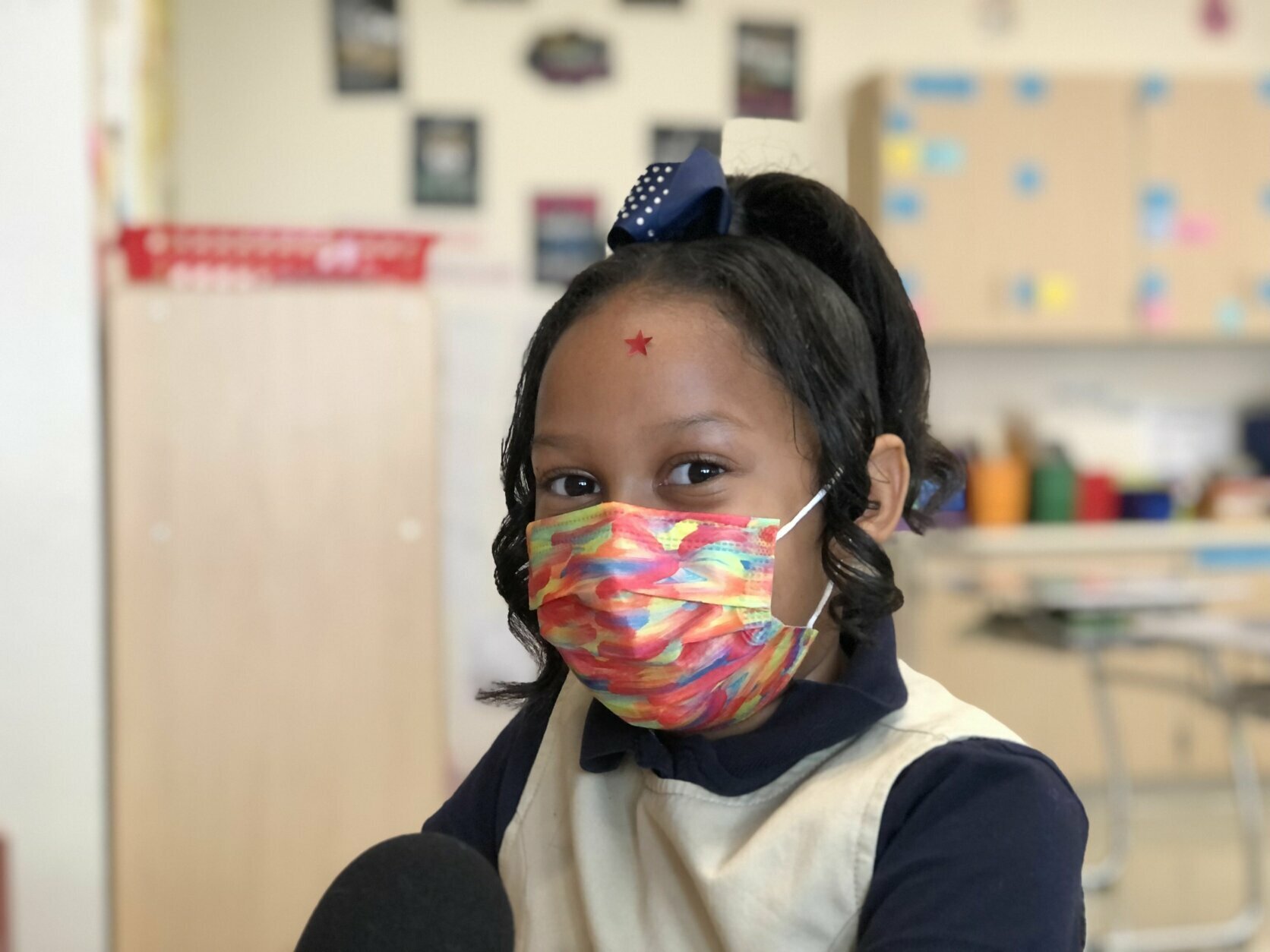
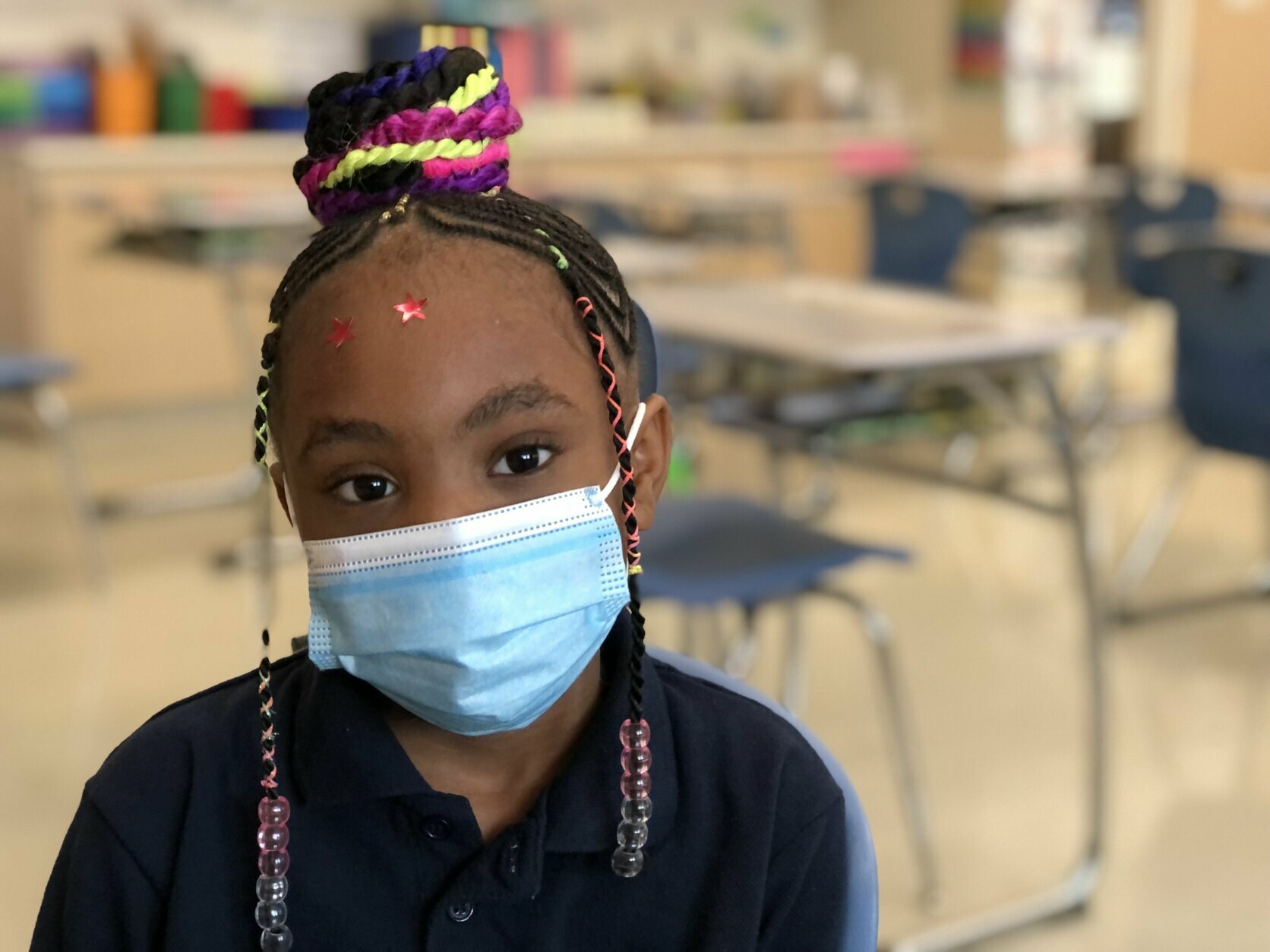
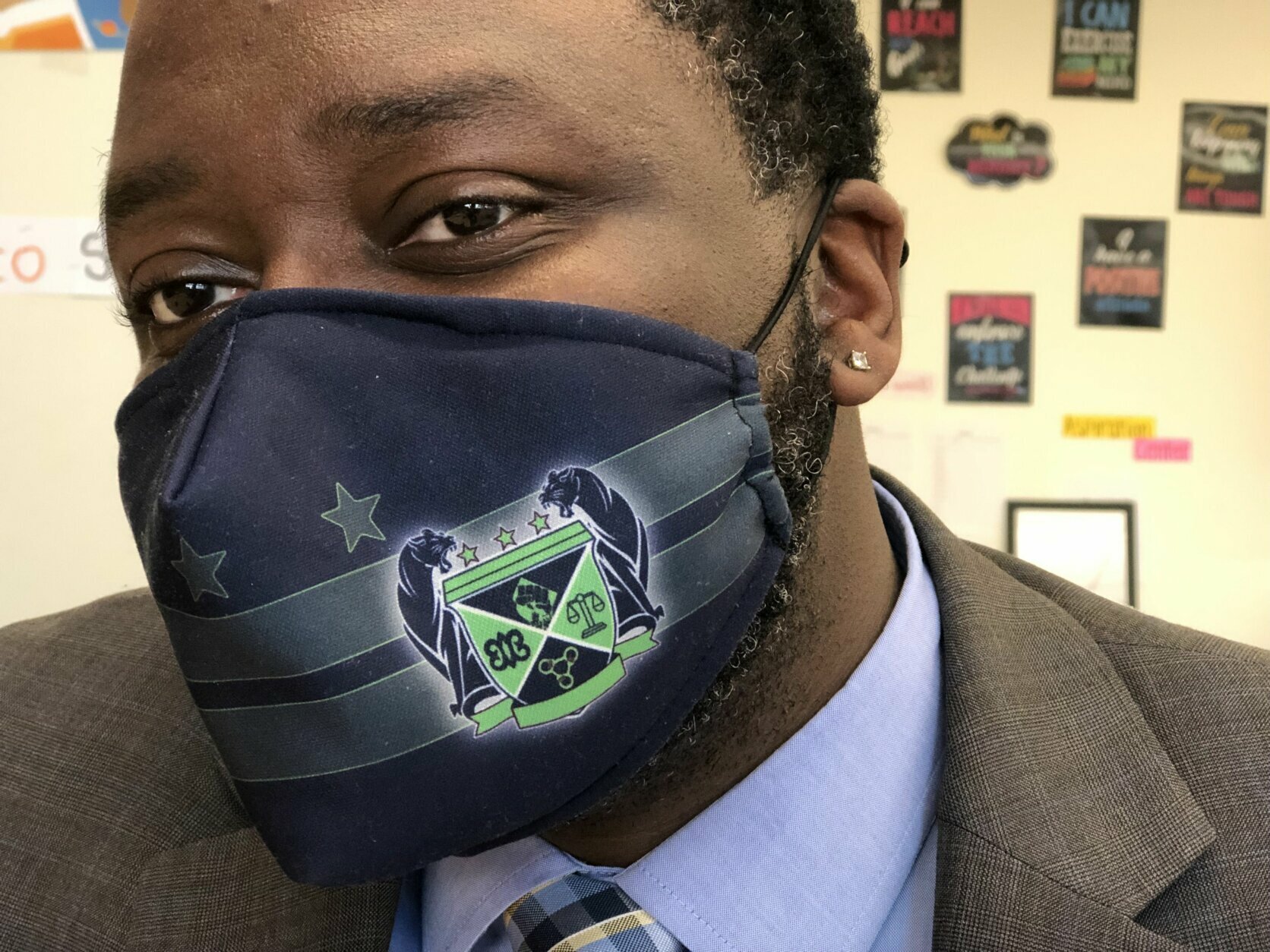
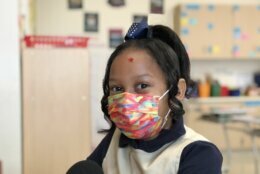
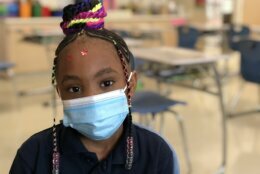

Two students sat down to talk with WTOP about their year so far.
Jannah Crawford, 6, said that she likes in-person learning better than virtual learning. In person is better, she said. “You don’t even have to mute your microphone!”
Seven-year old Madison Anderson agrees. “In virtual learning, you have to click on a button to log on and off, and in person, you don’t really have to do that stuff.”
Both students wore masks while in class. Crawford said having to wear it does not make learning harder, but she said, “It’s very annoying for me because on hot days, I go outside, and I’m sweating!”
She also does not have trouble understanding what Cauley says when the teacher gives her directions while masked. And in a conspiratorial tone, Crawford said with a smile, “She’s telling us to always behave.”
Both students said their favorite activity is working with Cauley at the teacher’s table “Because she never gives up on us!” Crawford said. Cauley let out a little squeal of delight, upon hearing her student’s words.
Before concluding her interview, Anderson offered a bit of advice for other students. “It’s not really hard to be a first-grader. You’ve just got to try your best and never give up,” she said.
How a teacher found her gift
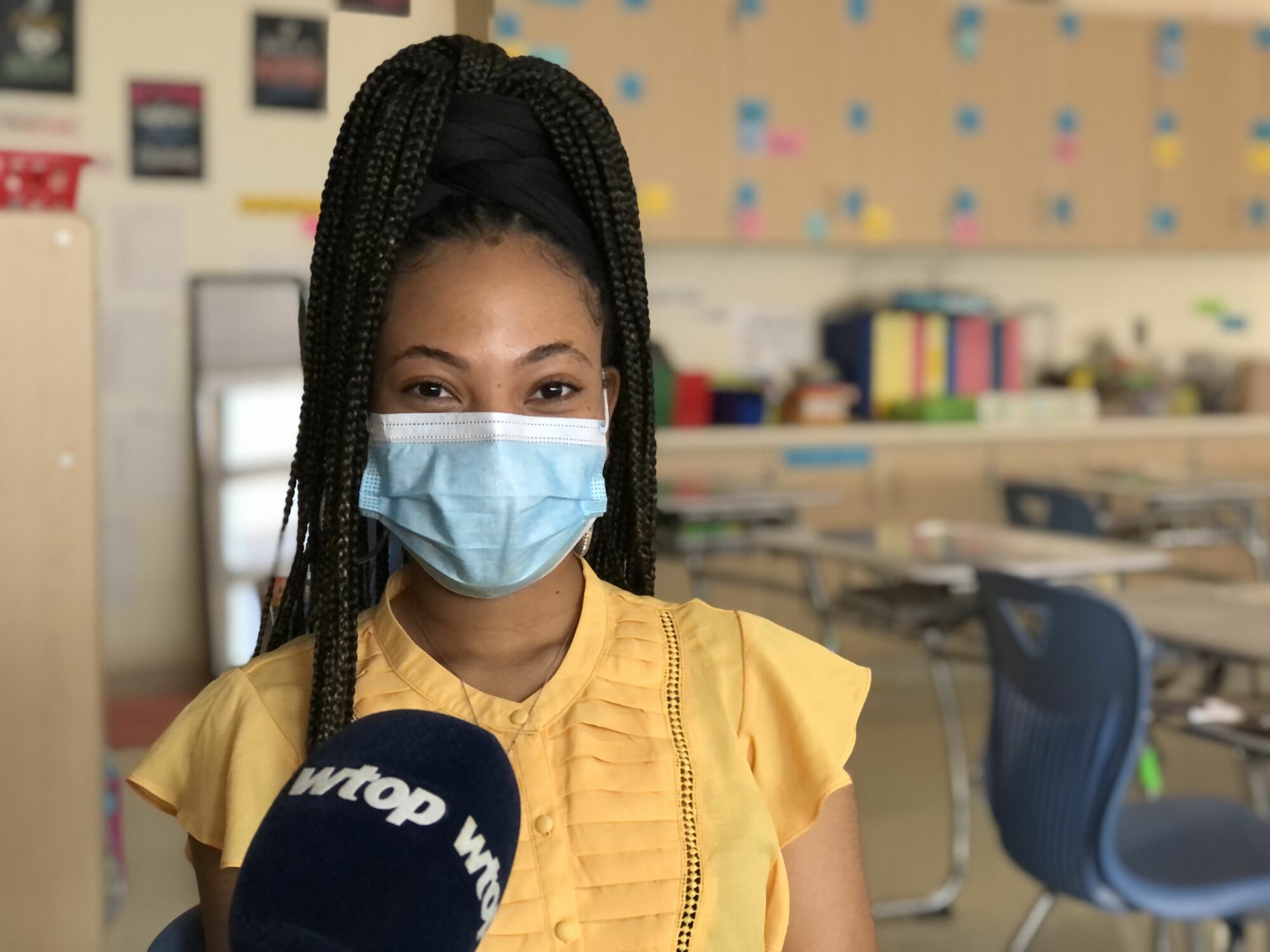
Cauley did not want to be a teacher when she was young, saying she didn’t know what she wanted to be. But that changed when, as a student at Anacostia High School, she began working at the nonprofit Reach Incorporated.
The D.C.-based organization pairs high school students with elementary students, with the older children acting as reading coaches and mentors to the younger students. The experience was a win-win, Cauley said. “Those students at Reach helped me find my gift,” which was her decision to teach.
While Cauley’s skills in the classroom seem clear, she said there are times when she is stumped as students appear stuck on a math problem or struggle to grasp a reading concept.
“I felt like that yesterday,” Cauley said.
Sometimes, her students get frustrated when they don’t get a lesson right away, and admittedly, Cauley feels the same. So, in the middle of her lesson, she tries to improvise and create an explanation that generates an “Aha!” reaction from her students. That moment is what every teacher looks for to make sure their class is following along with the lesson.
Just two months into the school year, Cauley’s classroom management skills are apparent.
Her students move from work station to work station quickly and quietly. Two boys work cooperatively in one corner of the room, while students at their computers take a quick peek at the principal and this WTOP reporter when they walk into the room to observe. The students at Cauley’s teacher’s table are attentive to her directions.
When it’s time to line up for lunch, the aide working with Cauley calls out, “Check your feet! Check your arms!” It’s a reminder to keep distance as they stand in line.
The aide asks, “Are we ready to walk quietly in the hallway?” the aide asked.
“Yes,” the children answered, as they file silently out the door.
That’s just one of the signs of progress Cauley has seen in her students, who had to adjust to in-person learning and hone their social skills.
“They didn’t know how to walk in a straight line” at the start of the year, Cauley said.
They also didn’t know to keep their masks on over their noses all day, and they needed to be reminded how to share with others.
“I had to keep reiterating that,” Cauley said. “But I feel they’re finally getting the hang of things. Just like I am.”
- Sign up for WTOP alerts
- Latest coronavirus test results in DC, Maryland and Virginia
- Latest vaccination numbers in DC, Maryland and Virginia
Looking for more information? D.C., Maryland and Virginia are each releasing more data every day. Visit their official sites here: Virginia | Maryland | D.C.



